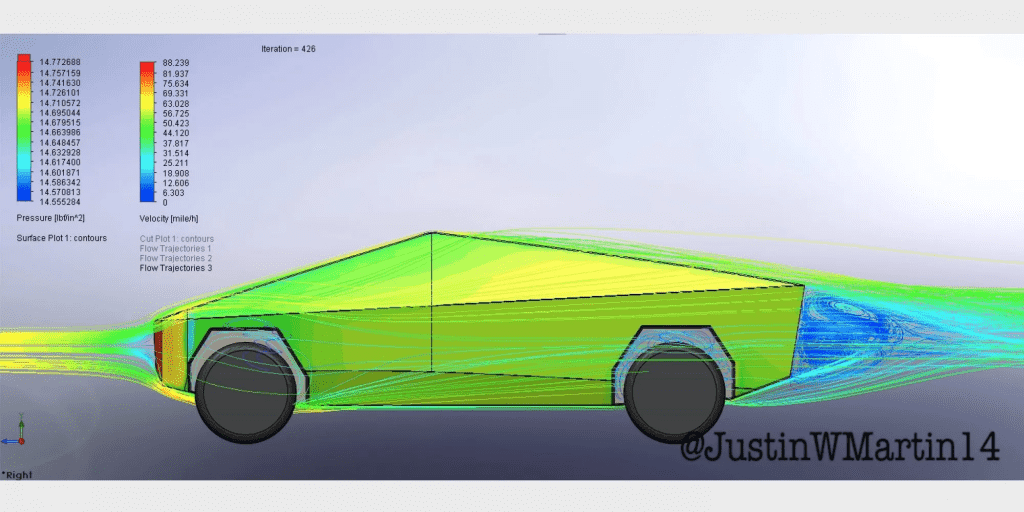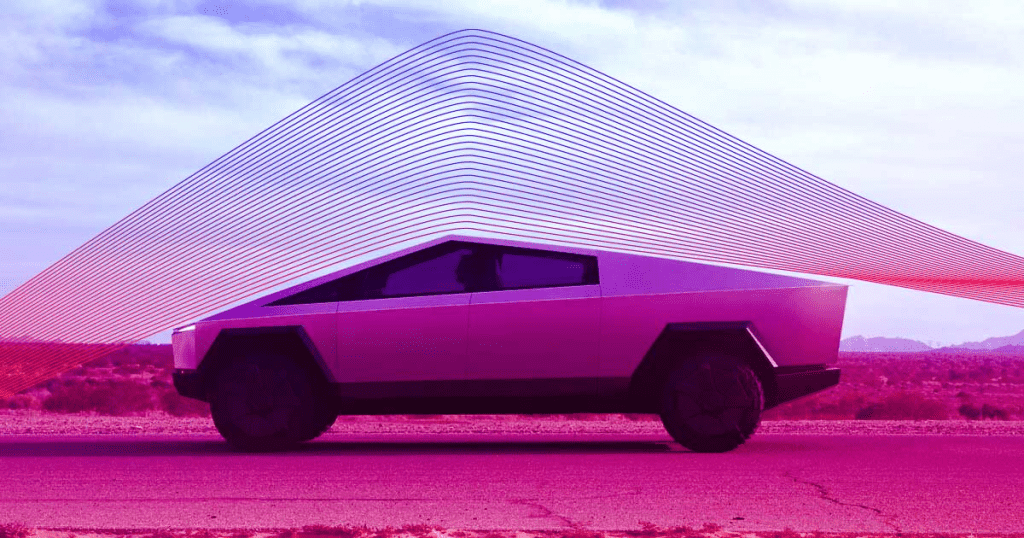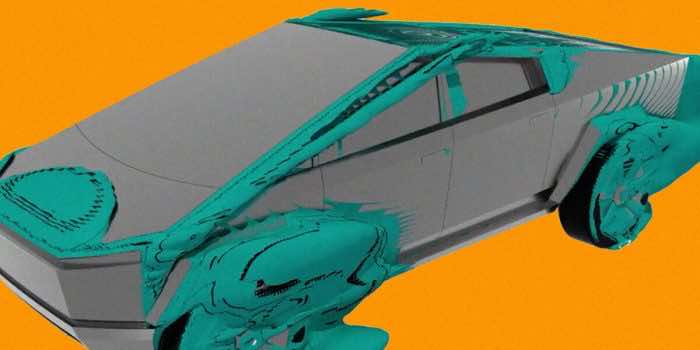Tesla’s Cybertruck has just flipped the script of being “janky” and of “unmethodical shape” with a surprising and impressive specification. Aleix Lázaro Prat, who is working as a computational fluid dynamics engineer at “Numeric systems” has just carried out his research-based experiment on “cybertruck pick up wind resistance”. The experiment of this long-awaited Tesla’s cybertruck was being performed in a digital model by keeping in view its design characteristics. And you know what? The vehicle came out to be impressively “aerodynamic”, definitely a piece of good news for the fans.

Prat posted the whole simulation of analyzing the wind’s resistance on his LinkedIn and posted it with the caption, “Contrary to what many people would think, the sharp edge of the roof does not produce a big detachment! It is true that the flow is not attached, but in fact, the air follows down the slope quite seamlessly. This is quite remarkable and a big aerodynamic advantage compared to other pick-up trucks.” The simulated drag performance of the car suggests that it is incredibly seamless in terms of its aerodynamic properties.

Coupled with this, you probably know that conventional pickup trucks are not that efficient in terms of their operational performance and drag characteristics. Their drag coefficient ranges between 0.55 and 0.65. On the other hand, most cars have an average drag coefficient between 0.3 and 0.4 while the vehicles which are specifically designed to reduce the drag and make them aerodynamic as much as possible have their drag co-efficient resides between 0.26 and 0.22.

Now, let’s come towards the most thrilling revelation by Prat. As per the simulation conducted by Prat on Musk’s cybertruck, it has been deduced from the results that the drag co-efficient of the cybertruck is around “0.39”. This makes it fall within the range of seamlessly designed cars rather than the typical pickup trucks. This was the most interesting specification of the vehicle to date but there is still room for further improvement for the vehicle as Prat implies this in the following words on his LinkedIn post:
“By adjusting couple surface features, in particular the surrounding edgy geometry of the wheel arches, the drag could be lowered even further.” Above all, this is still a piece of great news for all the enthusiasts who were gloomy about its odd design parameters


